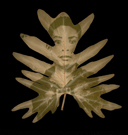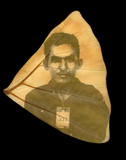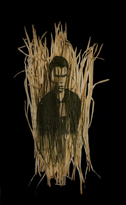Ancestral Altars
In 1975-79, almost 2 million people lost their lives to murder and famine when the Khmer Rouge forced the urban population into the countryside to fulfill their ideal of an agrarian society. The Khmer Rouge—organized by their leader Pol Pot—arrested, tortured, and eventually executed anyone suspected of belonging to several categories of supposed "enemies," such as foreigners who were ethnic Vietnamese. In a Security Prison coded-named S-21, which was once a schoolhouse, 14,000 men, women and children were tortured and killed. Their testimony was meticulously documented to justify their execution. When Cambodia was liberated by the Vietnamese in 1979, barely a dozen survived S-21.
While visiting this museum, I documented much of the interior. I roamed the rooms and hallways and imagined the horror taking place in front of me. As part of the the victims' testimony, photographs were made of them. Today, what is left of the memories of these people are rooms and rooms of those portraits. The portraits are witnesses to history and they speak to us, holding us accountable. To honor these lives, I made altars of the dead—a place where we can meditate on history, the present moment, and our own mortality. I believe that even when faced with the truth that we will die someday, we can live a good life and do good for others.










